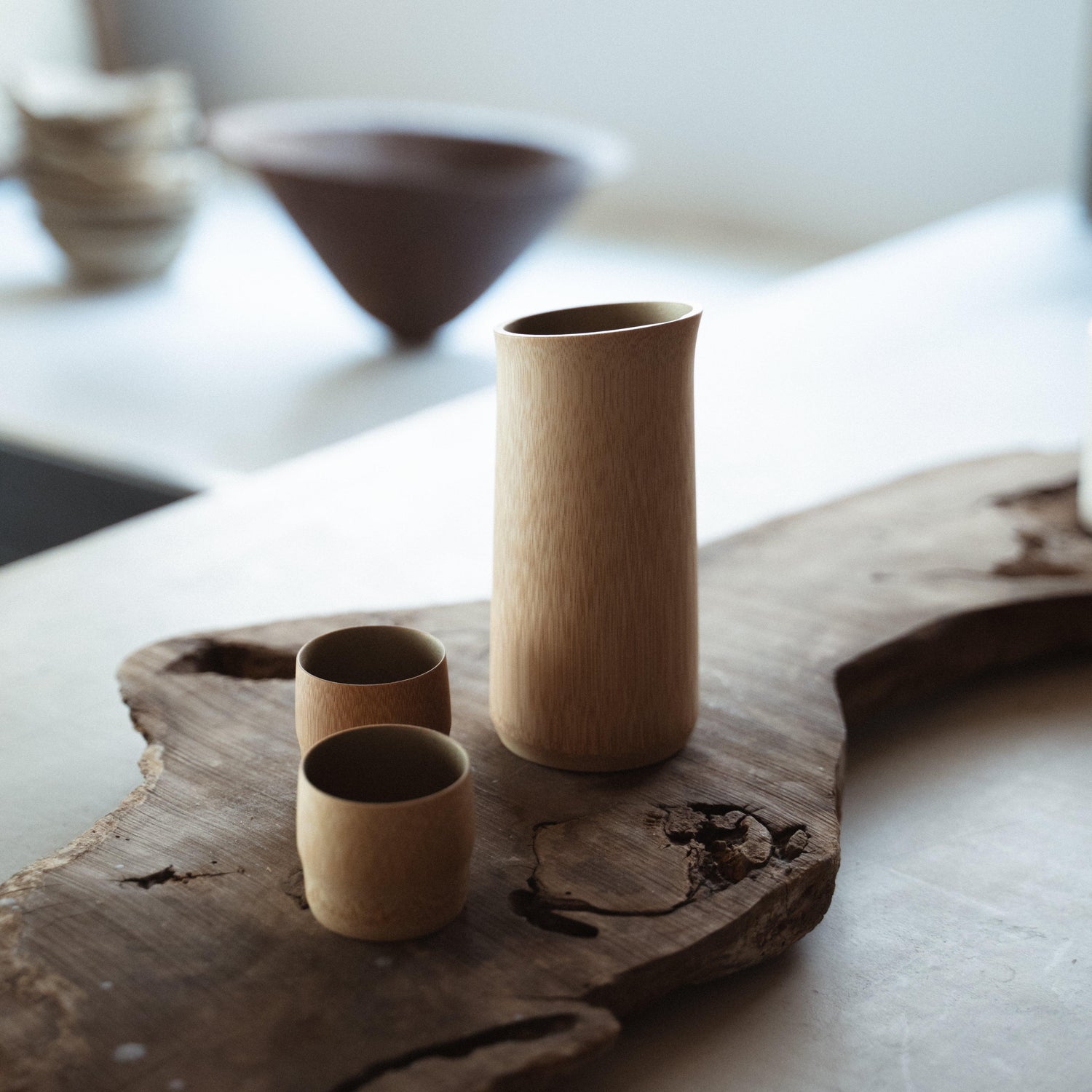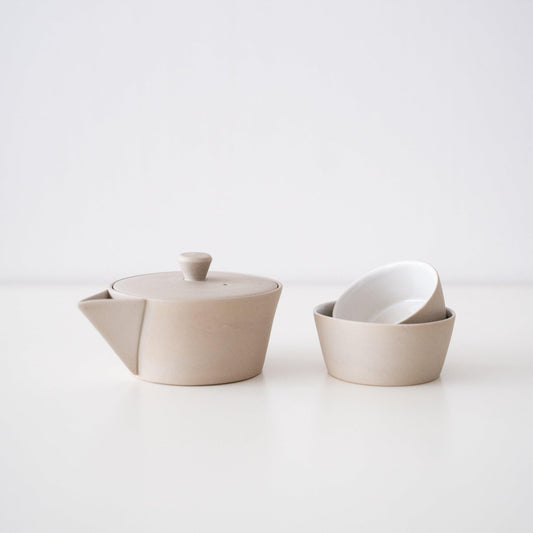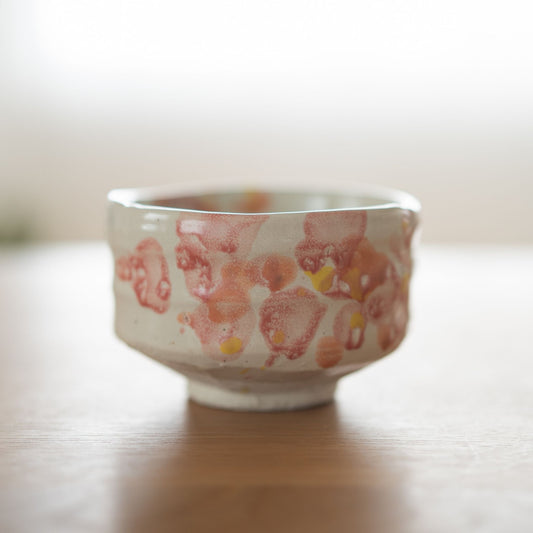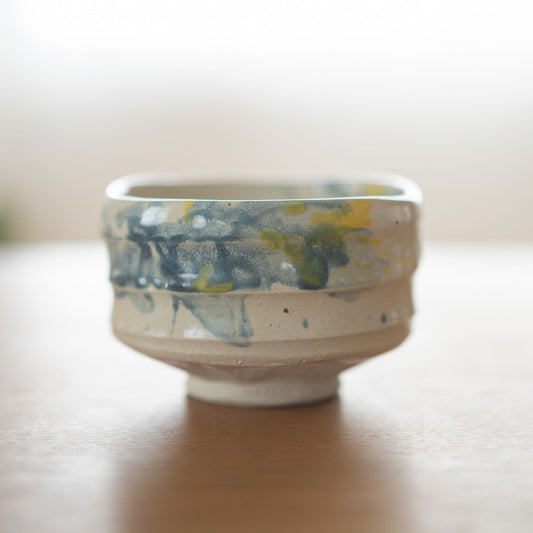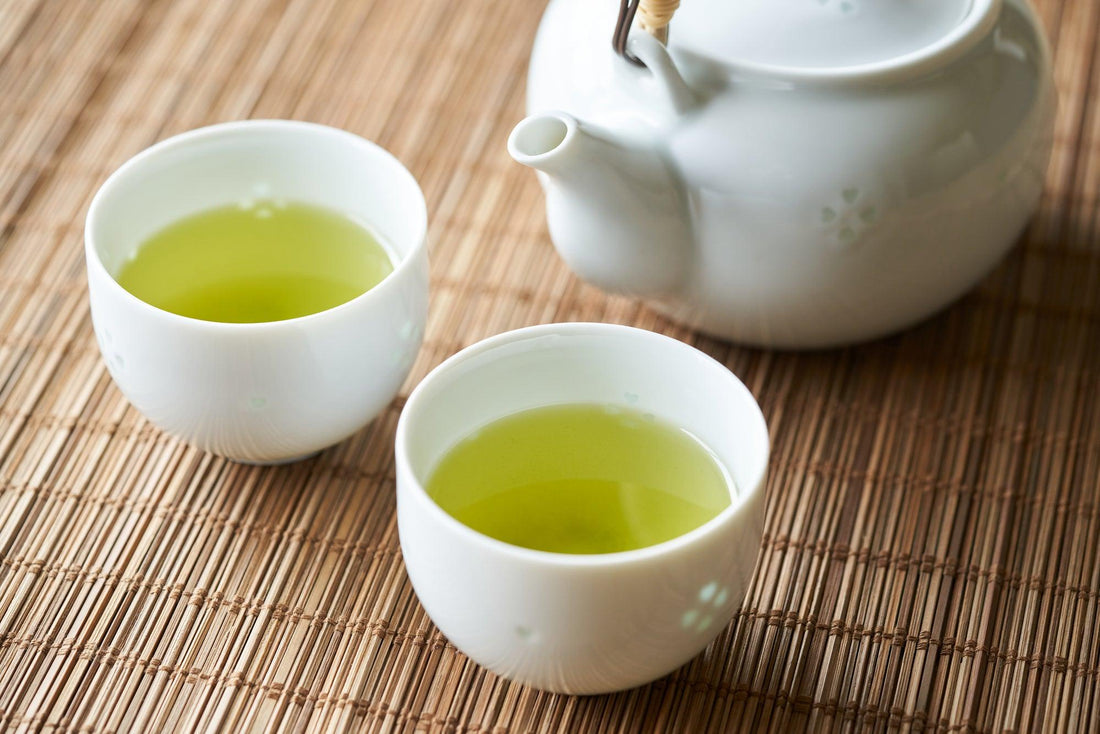
Japanese Tea Set: A Guide to Essential Utensils
Share
Step into the world of Japanese tea ceremonies, where every detail is meticulously crafted to elevate the experience. Beyond the elegant movements and serene atmosphere lies a unique collection of tea utensils – each piece a testament to centuries of tradition and artistic expression. Explore the types of tea utensils, their functions, and how they contribute to the art of Japanese tea.
Table of contents
Essential Japanese Tea Set Utensils

The Japanese tea ceremony is not merely about enjoying tea but is a cultural and artistic activity that integrates religion, philosophy, ethics, and aesthetics. Essential to experiencing this delicate culture are the tea utensils and tea ceremony equipment. Over centuries of green tea consumption, the shapes and sizes of Japanese teapots and tea bowls have evolved to enhance the characteristics of specific types of green tea. These tea utensils and tea ceremony equipment are handmade by potters and artisans across Japan, using traditional materials such as clay, porcelain, and bamboo.
Types of Japanese Tea Sets

Japanese tea ceremony utensils include the tea bowl, tea whisk, tea scoop, tea cloth, ladle, water jar, tea caddy or tea container, lid rest, treasure bottle or teapot, and tea tray. These items, used in traditional Japanese tea ceremonies, are crafted from a variety of materials including porcelain, pottery, clay, lacquerware, steel, bamboo, stone, and glass. The diverse materials add beauty and unique qualities to the tea ceremony set, reflecting the Japanese appreciation for craftsmanship and attention to detail.
Best Japanese Tea Set for Different Teas

Japan boasts a variety of teas, each with its suitable tea utensils. Tea utensils for Gyokuro are specially designed to enhance the delicate umami of Gyokuro. To enjoy Matcha, a tea whisk is necessary for frothing, requiring a specific Matcha tea bowl. A tea scoop is used for transferring Matcha into the tea bowl.
How to Choose a Japanese Tea Set
The material of the tea utensils significantly affects the flavor of the tea. Iron pots are believed to enhance the taste of tea but can rust if not properly maintained. Pottery may release minerals that positively influence the tea's flavor. Glass utensils have little impact on flavor, but colored ones should be avoided. When choosing tea utensils, it's essential to consider not just functionality but also design and comfort. Selecting tea utensils that match your lifestyle and preferences can make tea time more enjoyable.
The taste of tea is influenced not only by how the tea leaves are stored and prepared but also by the tea utensils used. Considering the compatibility between the tea and its utensils can bring out the best flavor. For example, brewing Gyokuro or high-quality Sencha in a treasure bottle can enhance their umami.
Japanese tea utensils and tea ceremony equipment are not just tools for brewing tea but are crucial elements for enhancing the flavor of tea and experiencing Japanese traditional culture. Understanding the meaning and characteristics of each tea utensil allows for a deeper enjoyment of tea.



